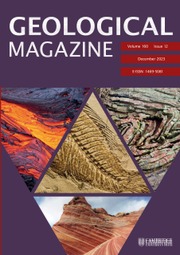Crossref Citations
This article has been cited by the following publications. This list is generated based on data provided by Crossref.
Coppard, Simon E.
Kroh, Andreas
and
Smith, Andrew B.
2012.
The evolution of pedicellariae in echinoids: an arms race against pests and parasites.
Acta Zoologica,
Vol. 93,
Issue. 2,
p.
125.

